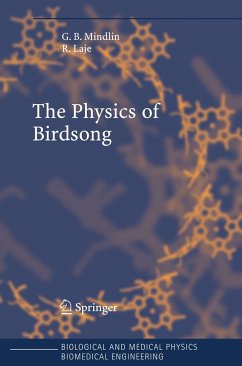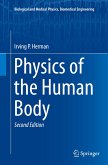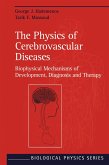In recent years birdsong has developed into an extremely interesting problem for researchers in several branches of the scientific community. The reason is that of the approximately 10,000 species of birds known to exist, some 4000 share with humans (and just a few other species in the animal kingdom) a remarkable feature: their acquisition of vocalization requires a certain degree of exposure to a tutor. Between the complex neural architecture involved in the process and the song itself, stands a delicate apparatus that the bird must control with incredible precision. This book deals with the physical mechanisms at work in the production of birdsong, the acoustic effects that the avian vocal organ is capable of generating, and the nature of the neural instructions needed to drive it. The book provides fascinating reading for physicists, biologists and general readers alike.
From the reviews: "Mindlin and Laje's new book, which is largely ... dedicated to acoustic phonetics in birds is thus a welcome addition to the existing literature, and helps fill a large void. The book is written as a tutorial-like guide that can be used without any special background in physics. ... I found the book very stimulating and a pleasure to read. ... There is no doubt that this book is a must for those involved in birdsong research ... . I recommended it strongly." (Gabriël J. L. Beckers, Animal Behaviour, Vol. 71 (4), 2006) "Studies of birdsong have enhanced our understanding of many natural phenomena, from brain function and learning mechanisms, to the evolution of language and speciation. ... Although most of the physics and neurophysiology described can be found scattered through various other publications, it is extremely useful to find all the information in one volume. ... The Physics of Birdsong is likely to remain essential reading for professional birdsong scientists for many years to come." (Nathalie Seddon, IBIS, Vol. 149, 2007)








